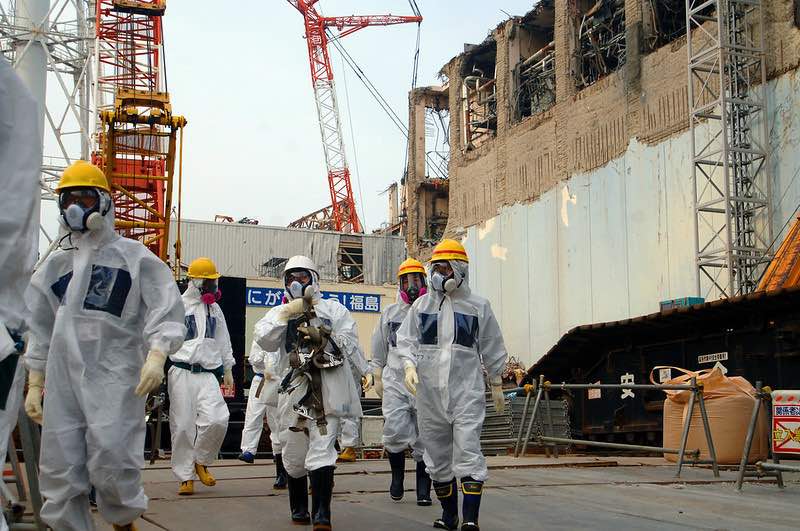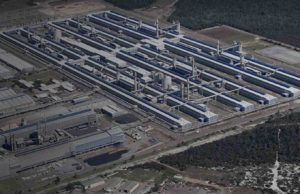Tokyo Gas, the largest gas utility in Japan, is laying plans to build a 30MW floating offshore wind farm located off the coast of Fukushima Prefecture, the site of the 2011 Fukushima nuclear disaster.
Nearly 12 years after the Tōhoku earthquake and tsunami caused the most severe nuclear disaster since Chernobyl in 1986, local power companies continue to assess their options for future power supply.
Tokyo Gas announced last week that it has started a feasibility study on developing a 30MW floating wind project in partnership with Principle Power, the makers of the WindFloat platform.
Tokyo Gas and local utility Shinobuyama Fukushima Electric Power have begun an environmental assessment of the area.
Through the study process the two companies will also engage with local fishery officials, residents, and the relevant local governments.
If the project goes ahead, turbines would be installed on the WindFloat semi-submersible, three-column floating platform which Principle Power claims is compatible with any standard offshore wind turbine.
In the wake of the fallout from the destruction of the Dai-Ichi nuclear plant, the Fukushima Prefecture has embarked on a $US2.7 billion renewable energy rebirth, including plans to transform its now unusable agricultural land into wind and solar farms.
As RenewEconomy reported in November of 2019, the federal government-backed project includes plans for 11 solar farms and 10 wind farms with a total capacity of 600MW, scheduled for completion by March 2024.
In 2020, testing began on a solar-powered hydrogen plant in the prefecture – a 10MW facility using renewable powered electrolysis to create green hydrogen.








